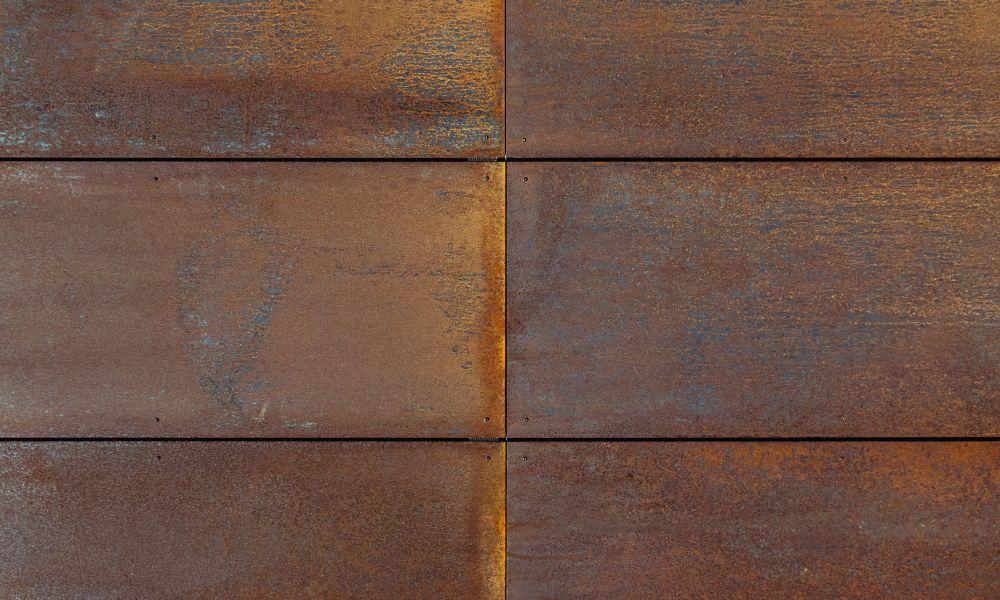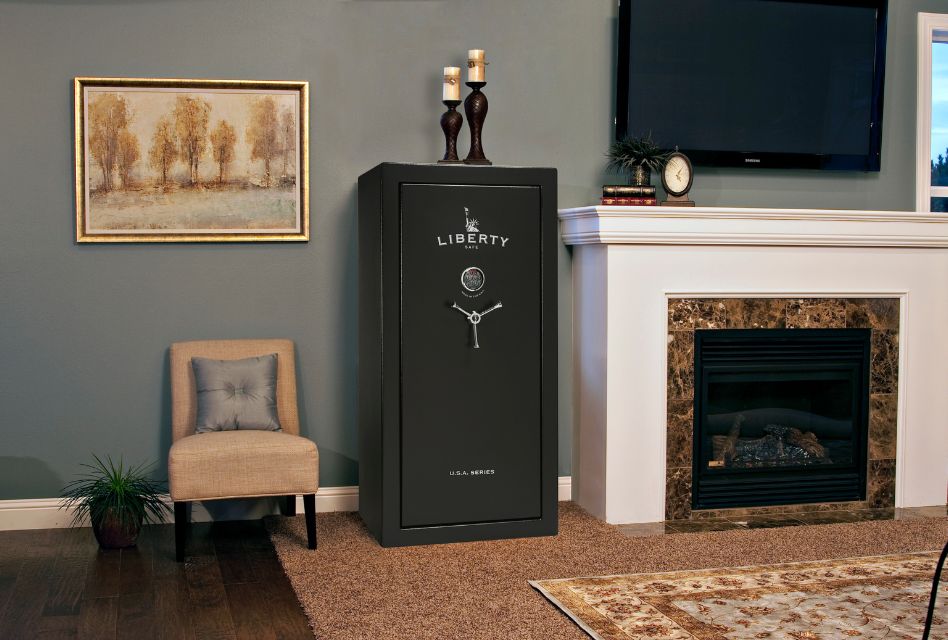Moving a gun safe is a pain; most of them are heavy and incredibly top-heavy. If you aren’t careful, they can fall over and hurt someone or damage your home! However, there are some easier ways to move a safe, and laying a safe down might be an option.
So, can a gun safe be laid down? Most full-size rifle safes can be laid on their backs without an issue, as long as precautions are taken to make sure you can get it back up in the end, as well as to keep an eye on minimizing any damage that may happen to the internals of the safe and the contents of the safe.
While it is possible to lay a safe down, there are things to keep an eye on; let’s take a look at how you can successfully do this yourself to make things easier when you are moving your safe around your home (or upstairs), or even from building to building.
Jump To:
1. Remove the contents of the safe
Remove everything from the safe before you do anything that has to do with moving around your safe, especially onto its back.
This means shelving, rifles, other firearms, valuables, and everything. If you don’t do this, you will quickly find everything will get smashed and damaged. There is a reason you have a gun safe: to keep things safe… don’t ruin that by tipping it over with stuff in the safe.
2. Remove interior panels if they are removable
The next step is to remove any interior panels that may not be secured to the walls of the safe.
Some manufacturers, like Browning, will secure their interior panels to the steel walls, while others more or less lean them up inside of the safe (Snapsafe is a good example). With these safes, remove those panels before tipping your safe over.
If you don’t, you will quickly find that your fireboard inside the safe is no longer fire-resistant, because it’s in pieces.
3. Wrap the safe in a blanket
If you will lay your safe on its back, I suggest putting a blanket on the safe. You don’t want the paint to get scratched or damaged while it is being moved, and not protecting the paint during this process is the quickest way to do this.
4. Keep a close eye on your locking mechanism
While this is something you should always do with your safe, it is even more important while moving the safe on its back. Make sure nothing bumps the locking mechanisms, bends it, or damages it, as your newly relocated safe won’t be able to be opened.
5. Remove the door if you can
About a ⅓ of the weight of a safe is in the form of the door! It has boltwork, extra steel plates (generally), and tons of other stuff. This makes it easily the heaviest part of the safe.
If your safe has external hinges, it (generally) can be removed, making the safe lighter and easier to get back up after it has been laid on its back. Meanwhile, if you have internal hinges, you are out of luck.
Before doing this, contact the safe manufacturer to make sure the door can be removed! Not all safes with external hinges can have the door removed, and you don’t want to hurt your safe.
Are there any safes you should not lay on their back?
Alright, I said that gun safes can be laid on their back; however, are there safes I wouldn’t recommend laying on them? Yes, there are two different reasons that I would not recommend laying a safe on its back.
The first reason is whether a safe has glass relockers or highly complicated relockers. Without digging too deep into what a relocker is, and how it works, they essentially trip when a lock, or safe is tampered with, and makes it so you cannot unlock the safe without a professional locksmith.
My worry, for many safes that have these relockers, is that they will get triggered when a safe is on its back. Because of this, I recommend contacting the manufacturer before putting it on its back if you have an expensive safe (generally a safe over $3000).
The second type of safe I wouldn’t recommend laying on its back is a safe that is too heavy. If you can’t get the safe back up from its back, then you shouldn’t tip it. Be smart before you tip a safe over.
Conclusion
Putting a safe on its back can be done in many of the safes on the market! Although, you have to be innovative and make sure you don’t damage anything while doing that.
I hope I gave you some great thoughts to keep an eye on while you are transporting your safe within your home or even outside of your home.


